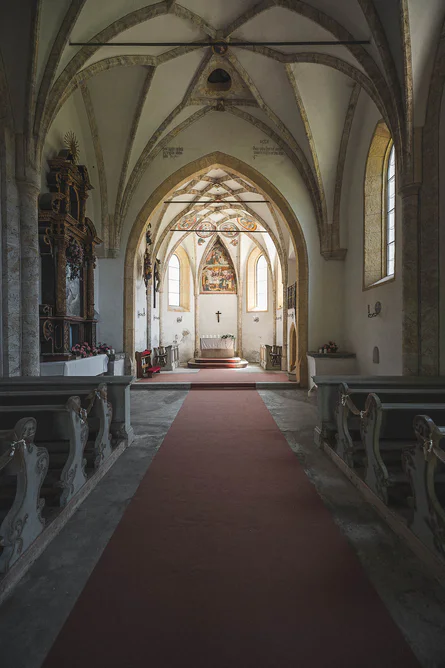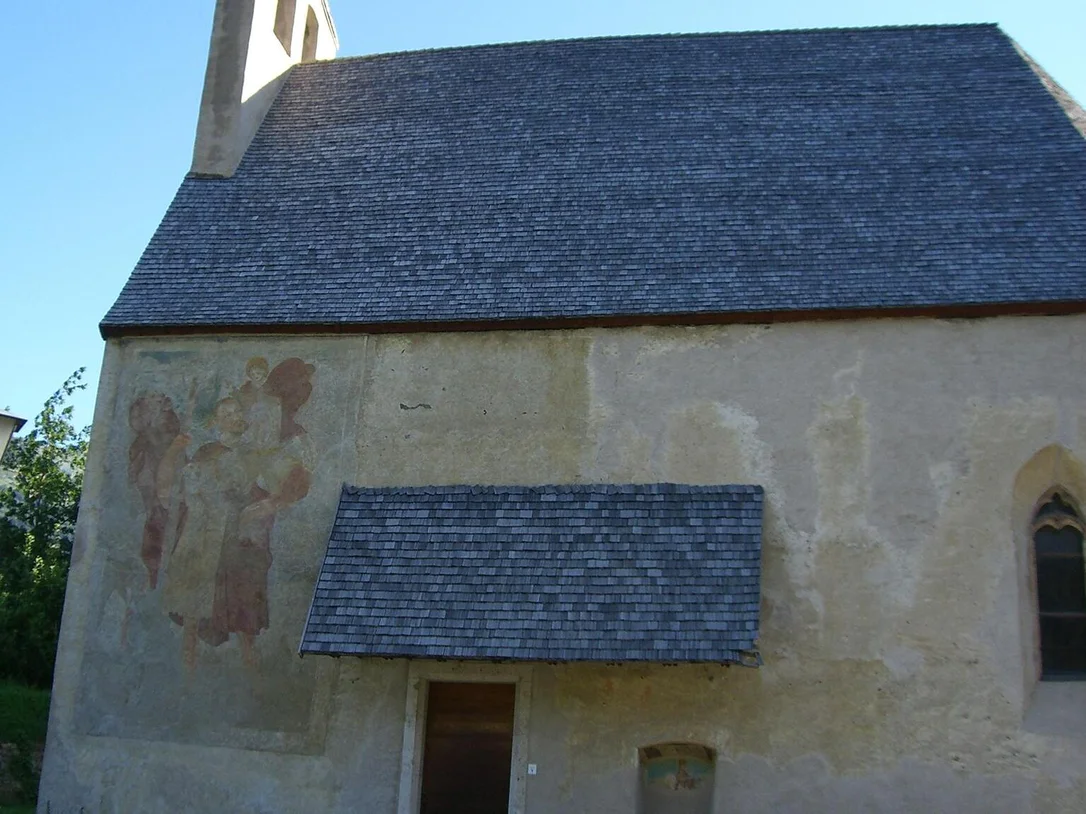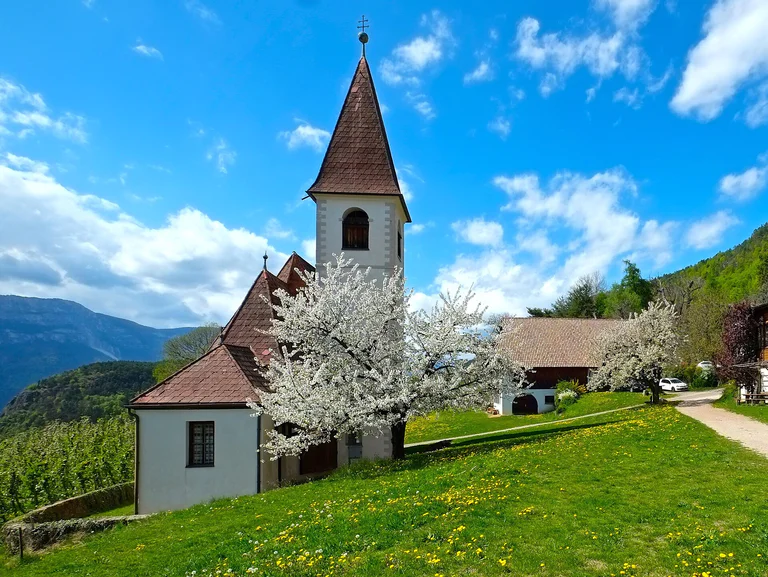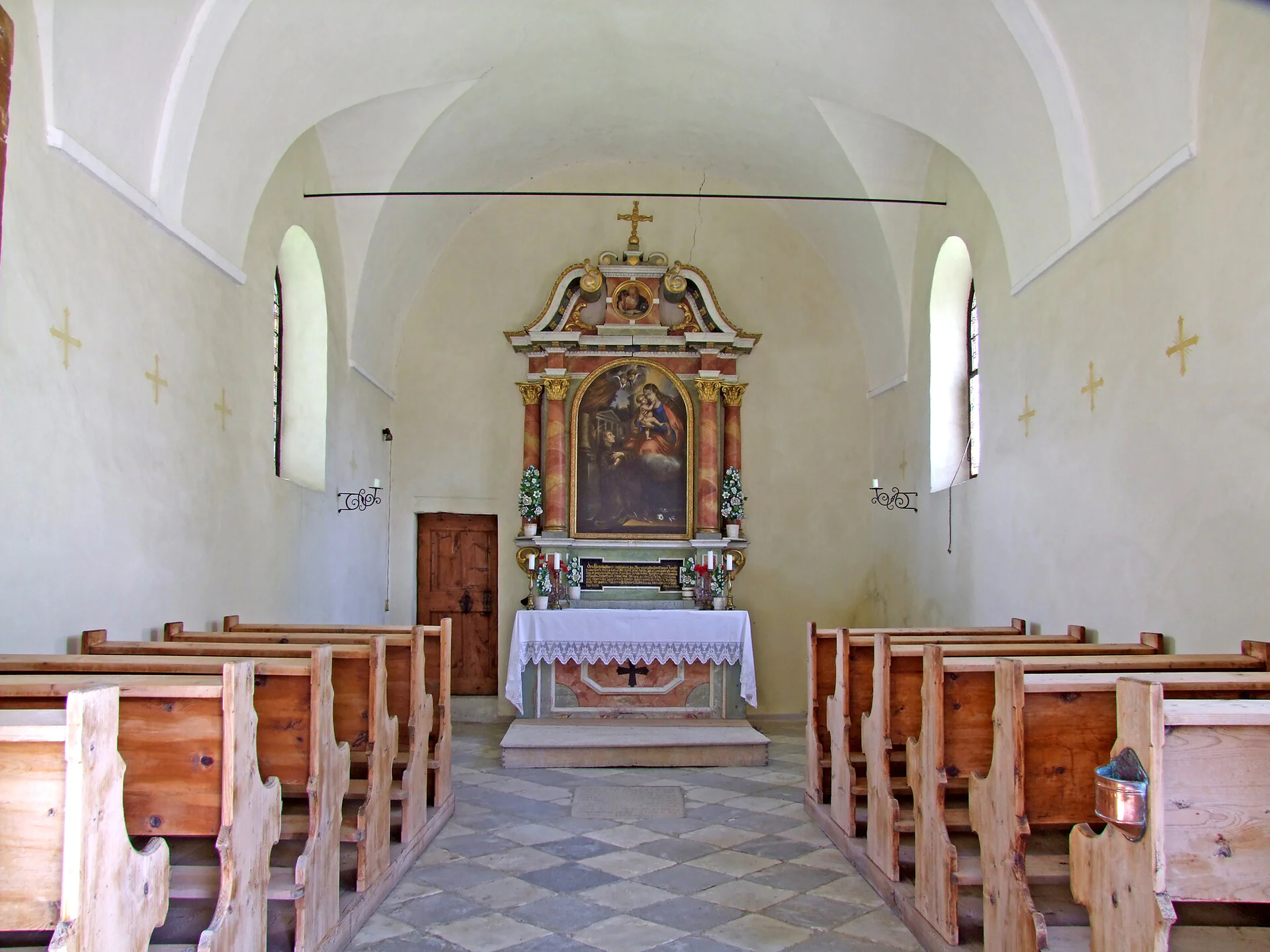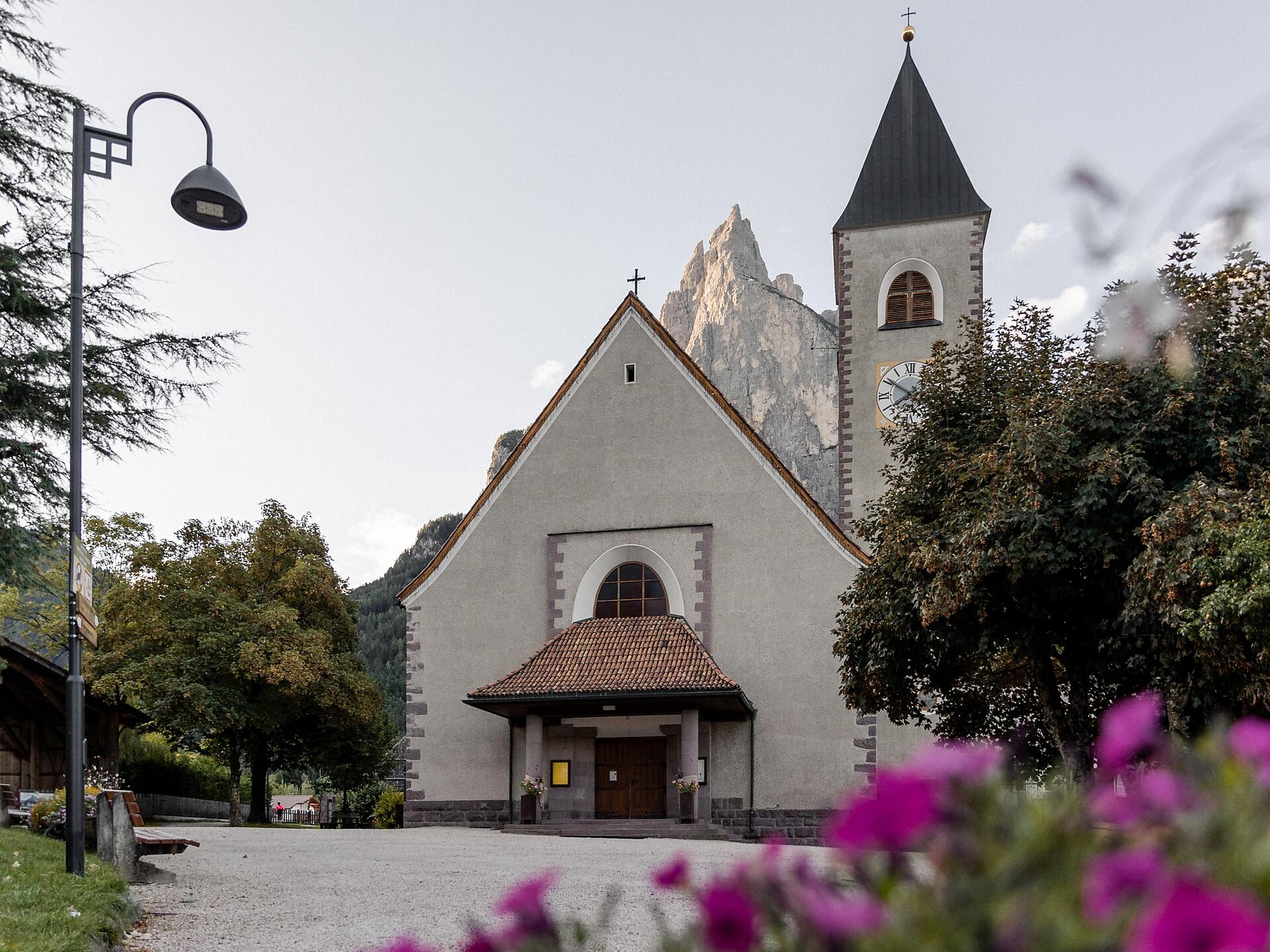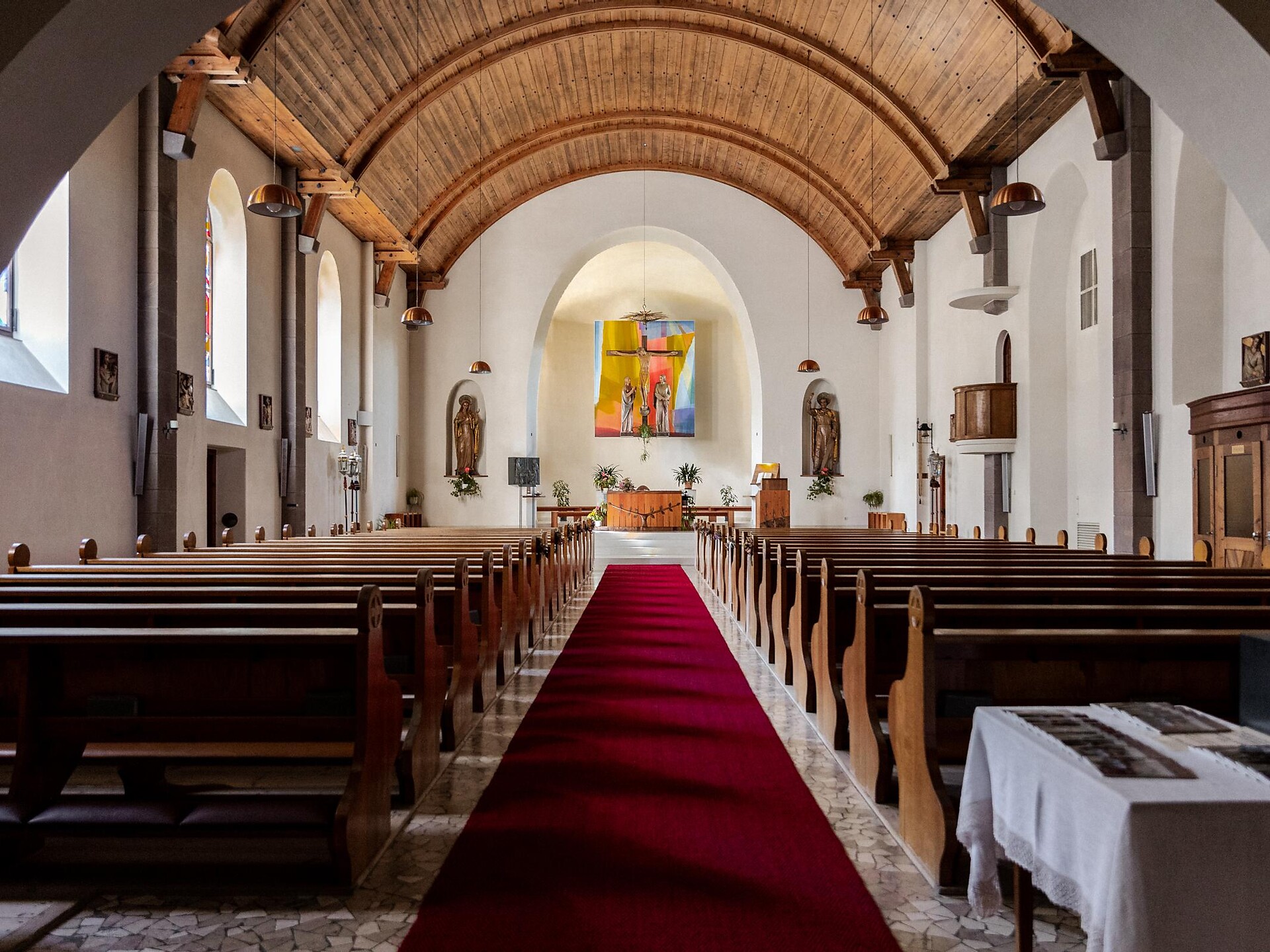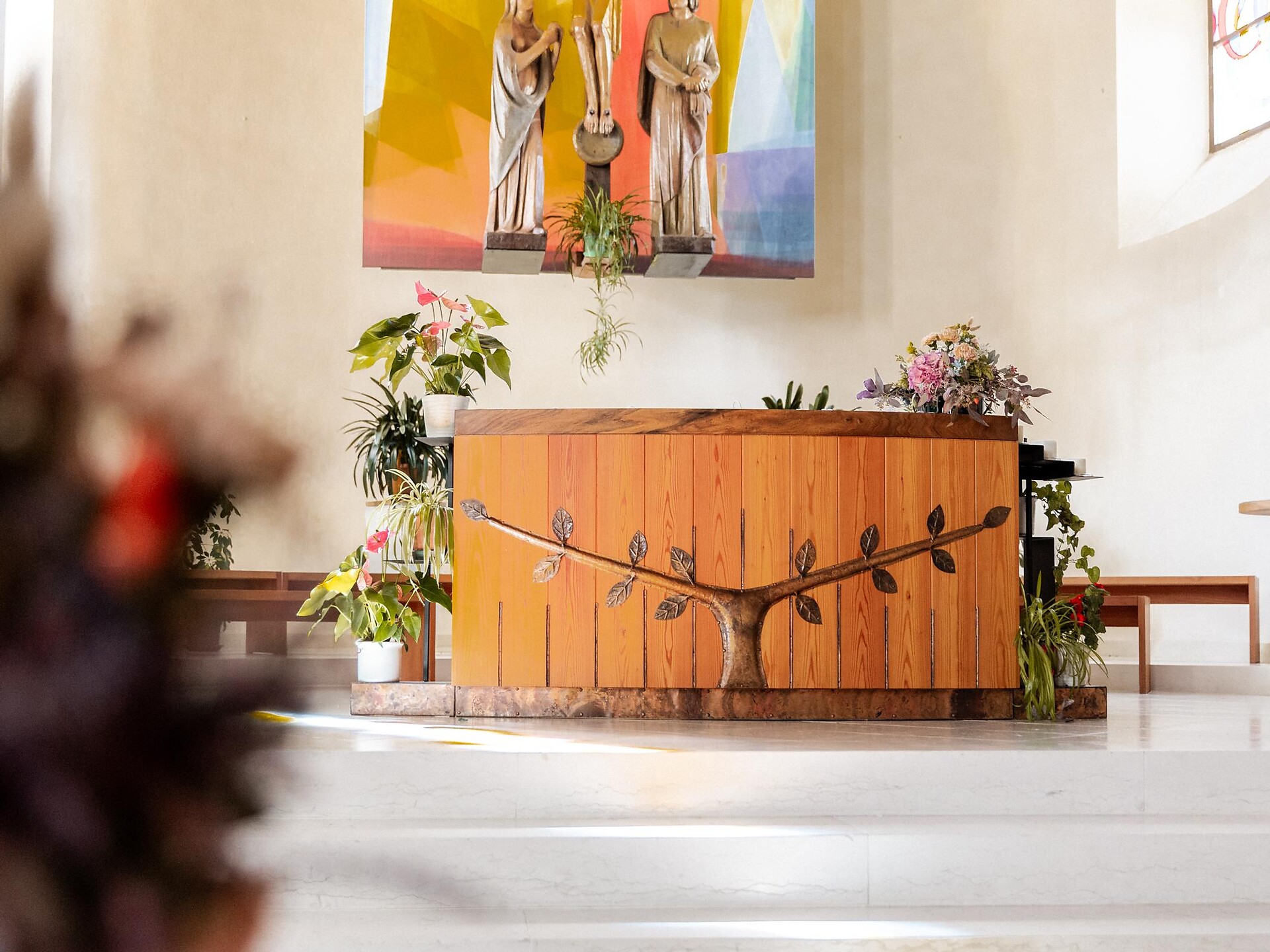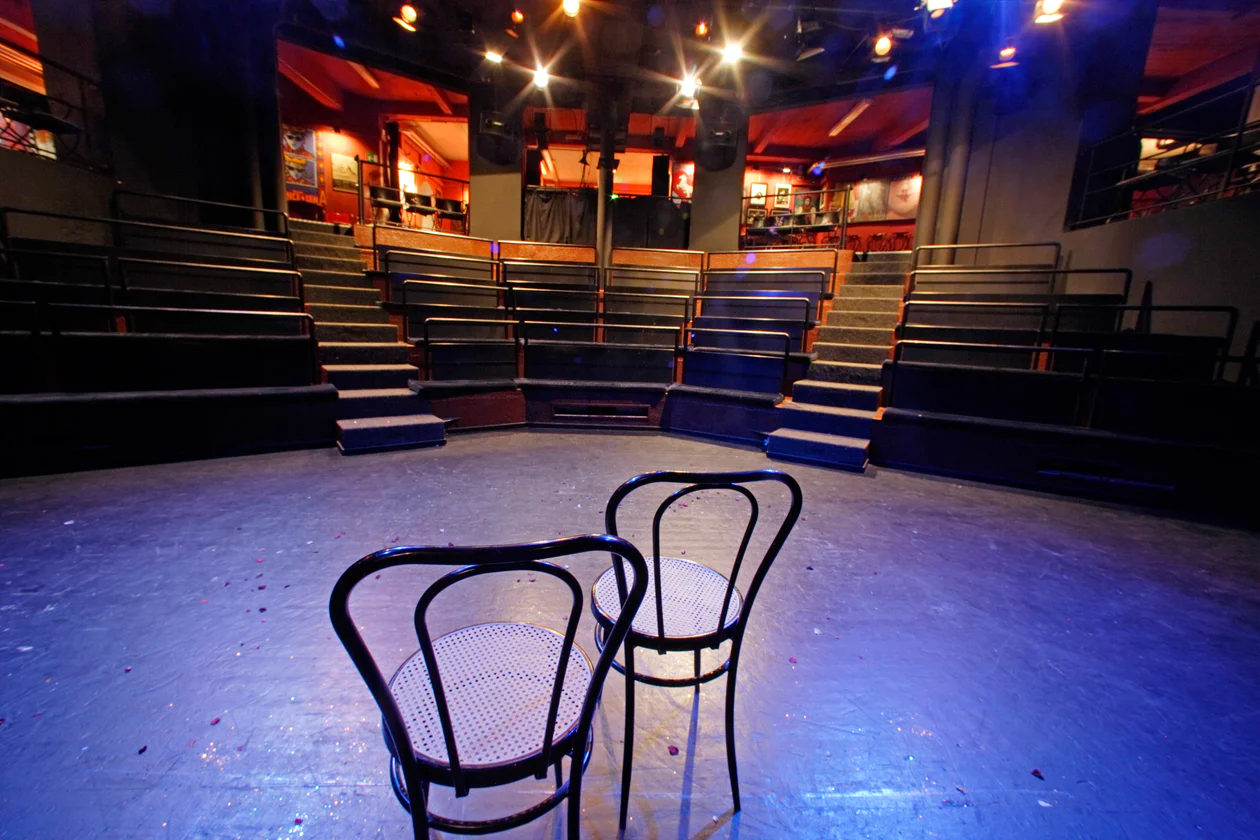ST. MAGDALENE'S CHURCH IN MOOS (Mooskirche): St. Magdalene’s Church was built in the year 1490 through a donation provided by Countess Paula von Gonzaga, wife of Margrave Leonhard von Görz. The early baroque high altar dates back to approx. 1600. A relief plaque depicting the Adoration of the Magi, a work by Michael Parth from the late Gothic period (around 1520), adorns the high altar. The church is located a short distance outside of town in the direction of Welsberg/Monguelfo. Open to the public: Early April – early October 8am - 7pm

